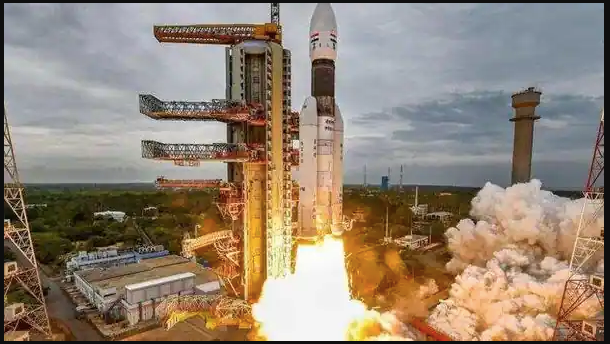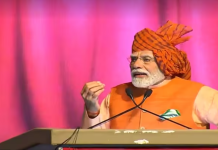Analyses by ISRO and JPL/NASA showed the radial separation between the two spacecraft would be less than 100 metres
The closest approach distance would be only about three km at the time of closest approach
To avoid collision with NASA’s Lunar Reconnaissance Orbiter (LRO) last month, Chandrayaan-2 performed an evasive manoeuvre, Indian Space Research Organisation (ISRO) informed in a statement. A very close conjunction between the two was expected to occur 20 October near the Lunar North pole.
“Analyses by both ISRO and JPL/NASA, over a span of one week prior to the conjunction, consistently showed the radial separation between the two spacecraft would be less than 100 metres and the closest approach distance would be only about three km at the time of closest approach.”
Both the agencies deemed that the situation warranted a collision avoidance manoeuvre (CAM) to mitigate the close approach risk, and it was mutually agreed that CH2O would undergo the CAM. The manoeuvre was scheduled on October 18. It was designed to ensure a sufficiently large radial separation at the next closest conjunction between the two spacecraft, the statement reads.
The CAM was executed nominally on October 18 afternoon and after orbit determination of CH2O with post-manoeuvre tracking data, it was reconfirmed that there would be no further close conjunctions in the near future.
“It may be noted that like CH2O, LRO orbits the Moon in a nearly polar orbit and hence, both the spacecraft come close to each other over the Lunar poles. It is common for satellites in Earth Orbit to undergo CAM to mitigate collision risk due to space objects including space debris and operational spacecraft.”
ISRO further said it regularly monitors such critical close approaches and execute CAMs for its operational satellites whenever the collision risk is assessed to be critical.
“However, this is the first time such a critically close conjunction was experienced for a space exploration mission of ISRO which necessitated an evasive manoeuvre”, the statement said.















